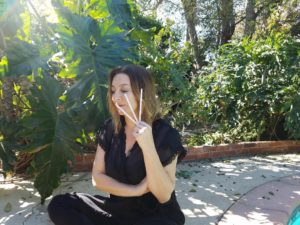
Sherri Sebastian
For those of you following my Notes from the Lab series, you’ll recall that I came into this business with a background in science. It was my lifelong passion for fragrance, though, that ultimately led me down the path to becoming a professional perfumer.
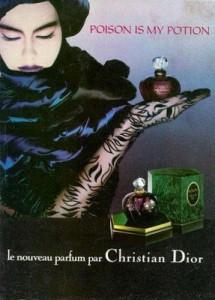
courtesy of Dior©
As a teen I was dazzled by the unique and bold fragrances that were characteristic of the 80’s. In the era of big shoulder pads, neon spandex, and big hair, scents like Giorgio, White Linen, Obsession, and Poison were complimentary to the style of the time. Analytical as I was, I never questioned the ingredients in these fragrances, instead savoring their unique textures and ability to “magically” transform my mood and perspective. It wasn’t until I began working in a Brooklyn flavor house apprenticing as a flavor chemist that I began to think about perfume differently. At some point it became it became second nature for me to smell everything around me: flavors, fragrances, food, and even unusual objects like stones, books and keys—just about anything that I could hold in my hand.
That’s why, when I sat down in a colleague’s office one day I instinctively picked up the interesting-looking, dark brown pieces of what looked like round fossils from the desk. I held them to my nose and began intensely smelling them. The scent was foreign to me—pungent, leathery, dry, resinous, sharp, dirty, and animalic in a sharp way. “What IS this?” I excitedly asked. “Oh those? They’re beaver testicles” replied my colleague nonchalantly. And thus began my study of castoreum and many other animalic ingredients to follow.
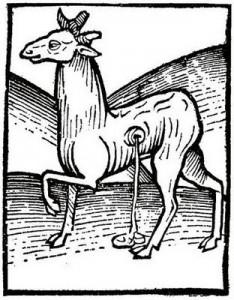
Musk Deer via Wiki
Castoreum, civet, and musk are all animal-derived ingredients that were used in traditional perfumery.
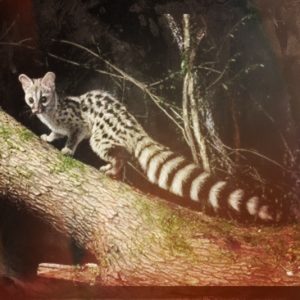
Civet Cat apped by Michelyn
Extracted from glands of the beaver, civet cat (which is not a cat but a nocturnal animal distantly related to the mongoose family), and deer, respectively, these "real" animalic ingredients have all but disappeared from the palette of professional perfumers today.
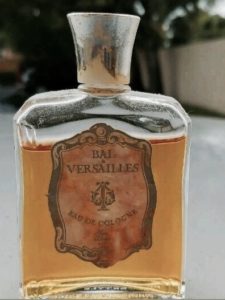
Aaron's bottle of vintage Bal a Versailles 1962 ©
The original Guerlain Shalimar created in 1925 may have had animalic ingredients of castoreum and civet (Bal a Versailles, Jean Desprez 1962 was a civet bomb-Michelyn). Whereas vintage classics incorporated castoreum and civet, today’s animalic fragrances have evolved to include fantasy-inspired accords to approximate the “realness” of their natural counterparts.

Playgirl 1975 Vintage Jovan Musk
While Jovan Musk may or may not have included “real musk” today’s musk fragrances often include an array of musks, ranging from galaxolide, habanolide, exaltolide, and ethylene brassylate, to tonalid and ambrettolide.
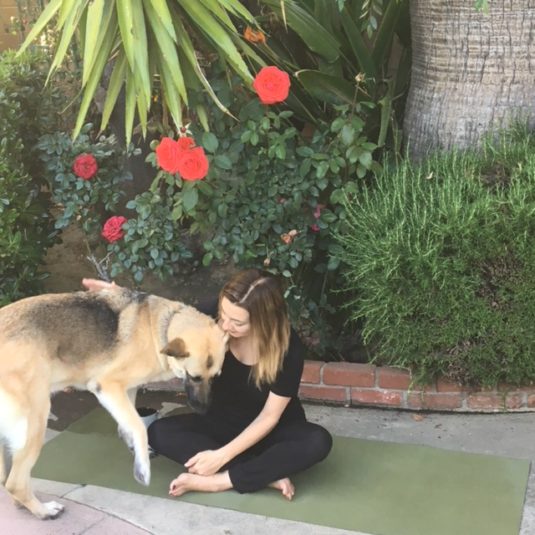
Sherri with her dog Zoe
The overall style has changed as well. Today I have many client requests for fragrances that smell “gritty” and “earthy”, and I’m seeing a trend towards “horse inspired notes” from saddles, to bales of hay to horse sweat.
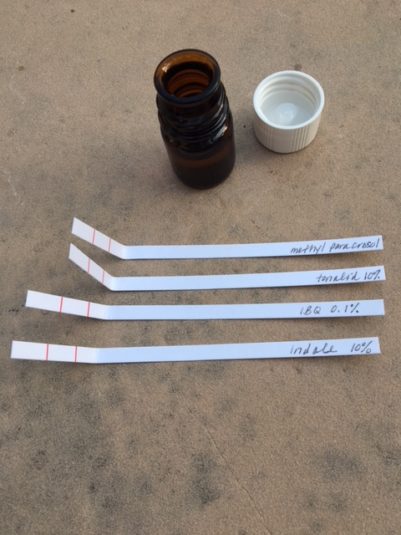
Modern Era Animalic Ingredients include iso butyl quinoline, indole,tonalid (musk),methyl para cresol (horse effect)
Unlike fragrances of the past, the animalic ingredients used on these briefs are not animal-derived. I personally like to work with methyl para cresol for the ‘horse’ effect, indole for a natural floral-animalic note, iso butyl quinoline (in extreme dilution) for a hint of classic leather and fixolide for its musky, jagged, tenacious, and highly-textured nature.
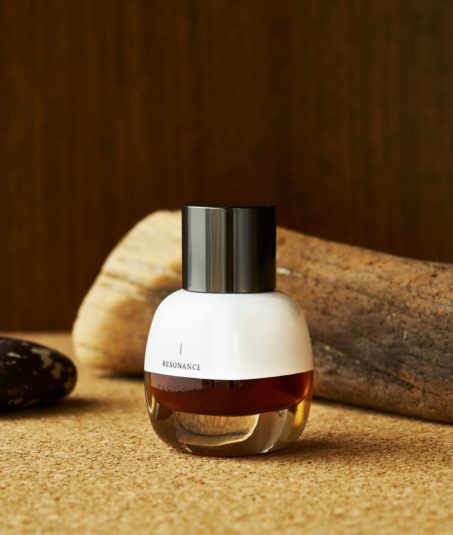
I chose to highlight my own penchant for deep dark notes in an eau de parfum I created for my own line, Provision. I developed Resonance by using labdanum resin and cork absolute. I like to think of this as a unique “vegan-animalic accord,” a different, but “new and improved” kind of animalic inspiration.
-Sherri Sebastian, Monthly Contributor and professional perfumer
Art Direction: Michelyn Camen, Editor-in Chief
